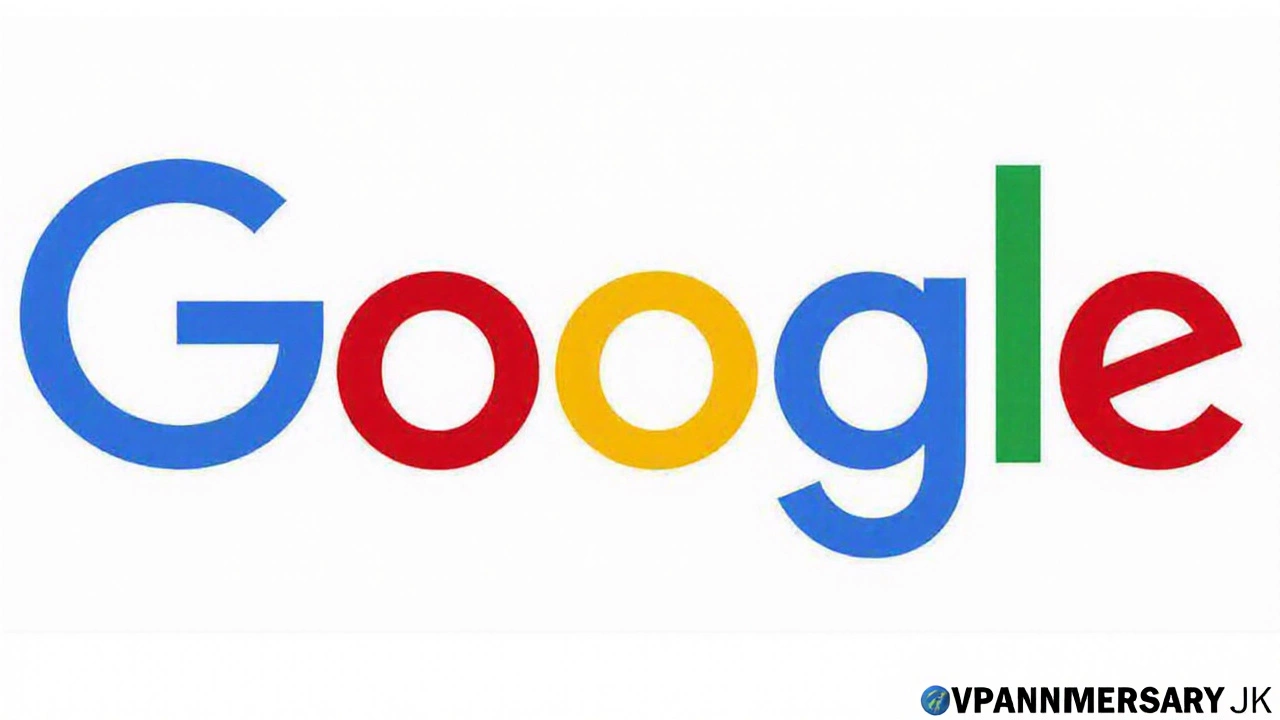Search Engine Basics for Warangal City Guide
If you’ve ever typed a query into Google and wondered why some pages pop up first, you’ve already experienced a search engine at work. In plain terms, a search engine is a giant library that scans billions of webpages, indexes their content, and then matches what you type with the most relevant results. For a local site like Warangal City Guide, understanding this process can be the difference between being hidden and being the go‑to resource for visitors.
Search engines use three main steps: crawling, indexing, and ranking. Crawling is like a robot librarian walking through the web, following links to discover new pages. Indexing is the librarian’s notebook where each page’s key details—titles, headings, images, and even hidden code—are recorded. Ranking is the final step, where the engine decides which pages answer your query best and shows them in order.
How to Make Your Pages Crawl‑Friendly
First, give the crawler a clear path. Use simple, descriptive URLs such as /warangal/fort‑kakatiya instead of a jumble of numbers. Add a robots.txt file that tells search bots which sections to scan and which to skip. Avoid blocking important pages with noindex tags unless you really want them hidden.
Second, keep your site structure tidy. A logical hierarchy—home, categories, sub‑categories—helps bots understand relationships between pages. For example, place all heritage sites under a “Historical” folder, and link back to the main category from each article. Internal linking is a free way to pass “link juice” and guide both users and crawlers through your content.
Optimizing Content for Better Rankings
Now that the engine can find your pages, it needs reasons to rank them high. Start with the title tag: keep it under 60 characters, place the primary keyword (“Warangal historical sites”) at the beginning, and add a unique hook. The meta description isn’t a ranking factor but influences click‑through rates, so write a compelling 150‑character snippet that promises value.
In‑body content should answer the user’s question directly. If someone searches “best street food in Warangal,” an article that lists top stalls, includes local flavors, and adds photos will perform better than a vague paragraph. Use heading tags (h2, h3) to break up the text, and sprinkle the keyword naturally—don’t overstuff.
Images need attention too. Compress them for speed, add descriptive alt attributes, and use filenames like warangal-beach-festival.jpg. Fast load times and mobile‑friendly design are ranking signals, so test your pages with Google’s Mobile-Friendly Test.
Don’t forget local signals. Claim a Google Business Profile for Warangal City Guide, encourage readers to leave reviews, and embed a map on your contact page. Structured data markup (schema.org) can highlight your articles as “LocalBusiness” or “TouristAttraction,” giving search engines extra context.
Finally, build external links. Reach out to local blogs, tourism boards, and news sites for backlinks. Guest posts, collaborations, or simple shout‑outs can earn you credible votes that boost authority.
Putting these steps together creates a web of signals that tells search engines: "Warangal City Guide knows this topic, is trusted, and offers the best answer." Keep monitoring performance with Google Search Console—see which queries bring traffic, spot crawl errors, and adjust as needed.
Remember, SEO isn’t a one‑time fix. It’s a habit of creating useful content, keeping the site clean, and listening to both users and search engines. Follow these basics, and watch your pages climb from the shadows to the top of the results, guiding more travelers to the hidden gems of Warangal.
